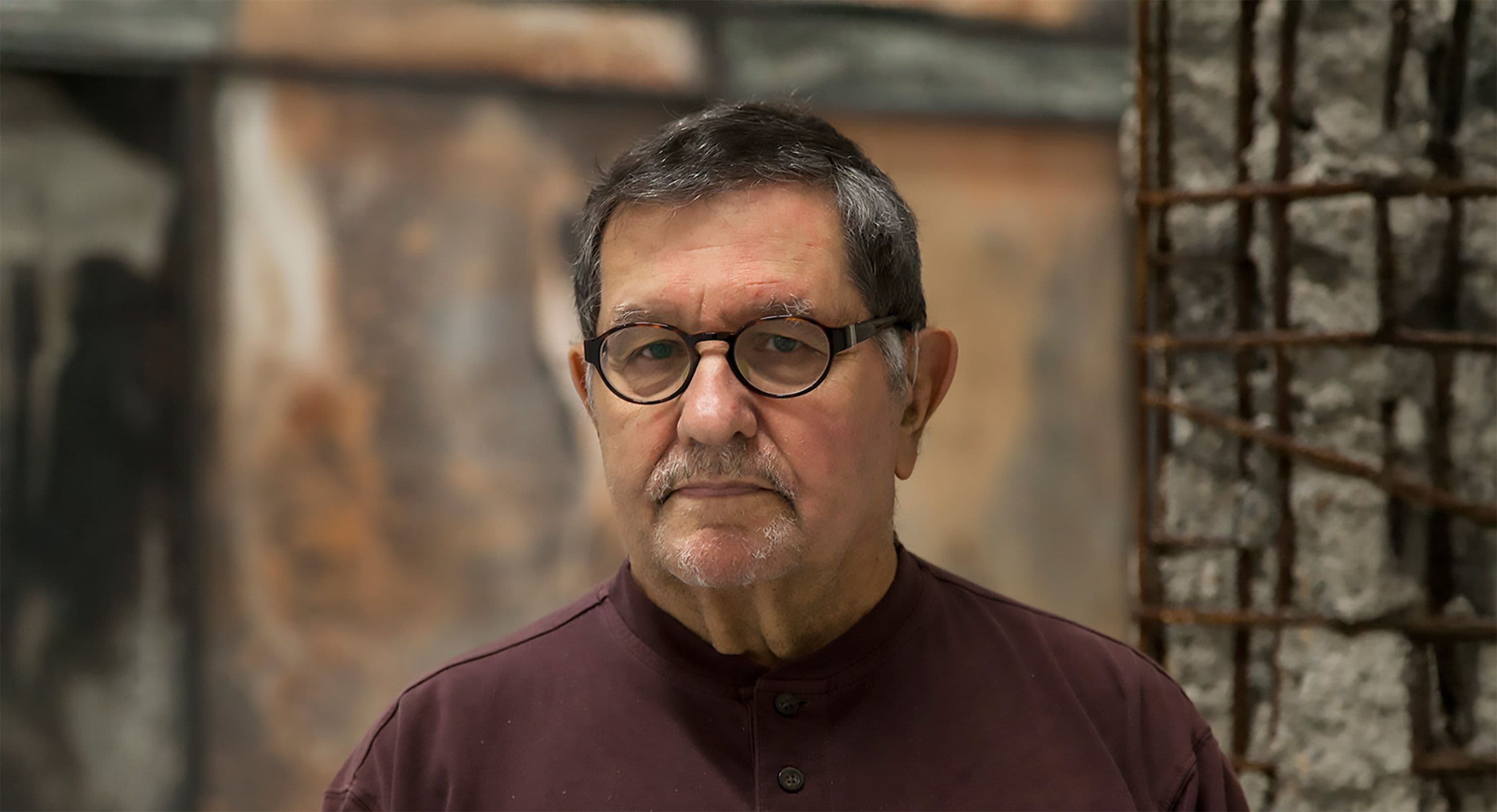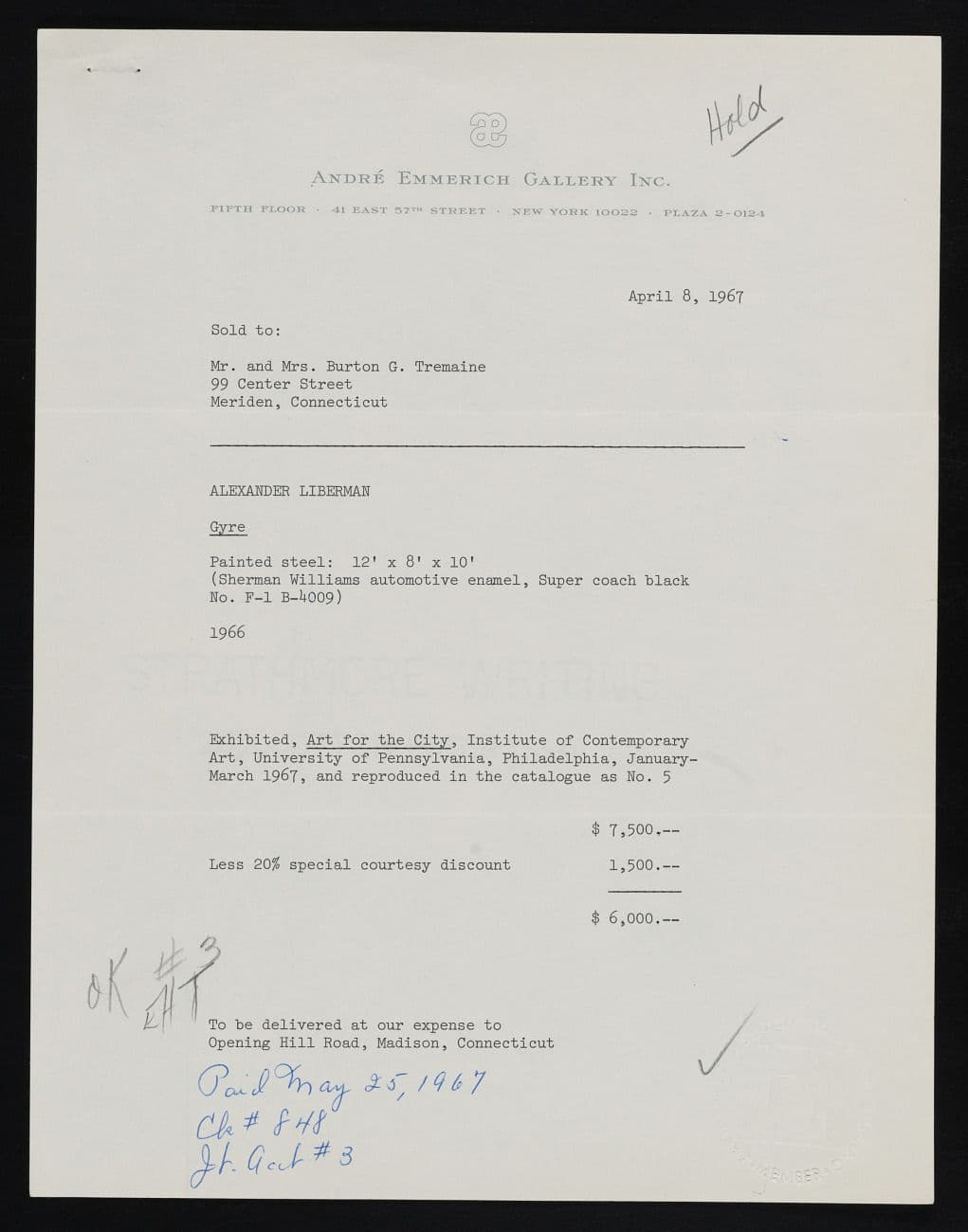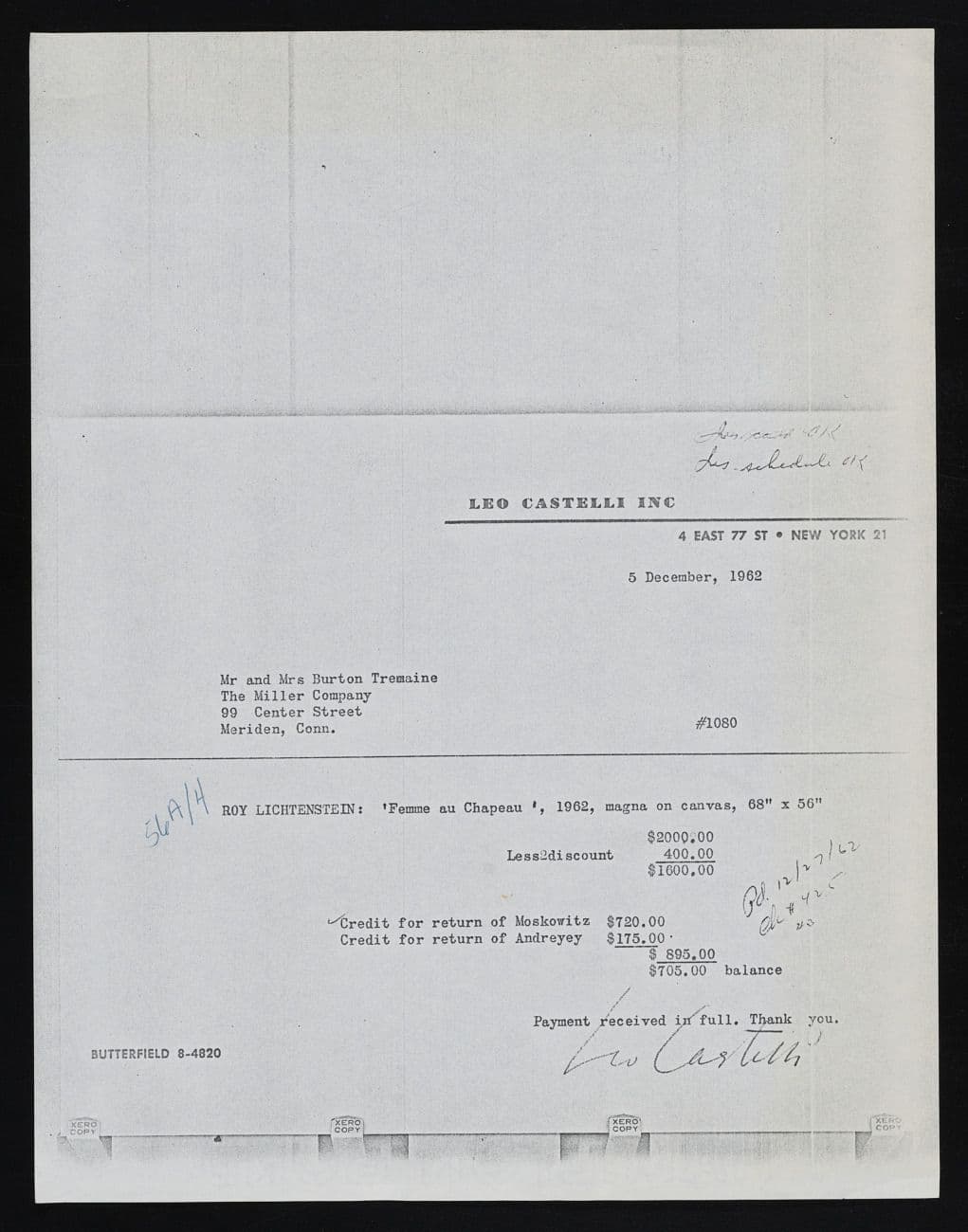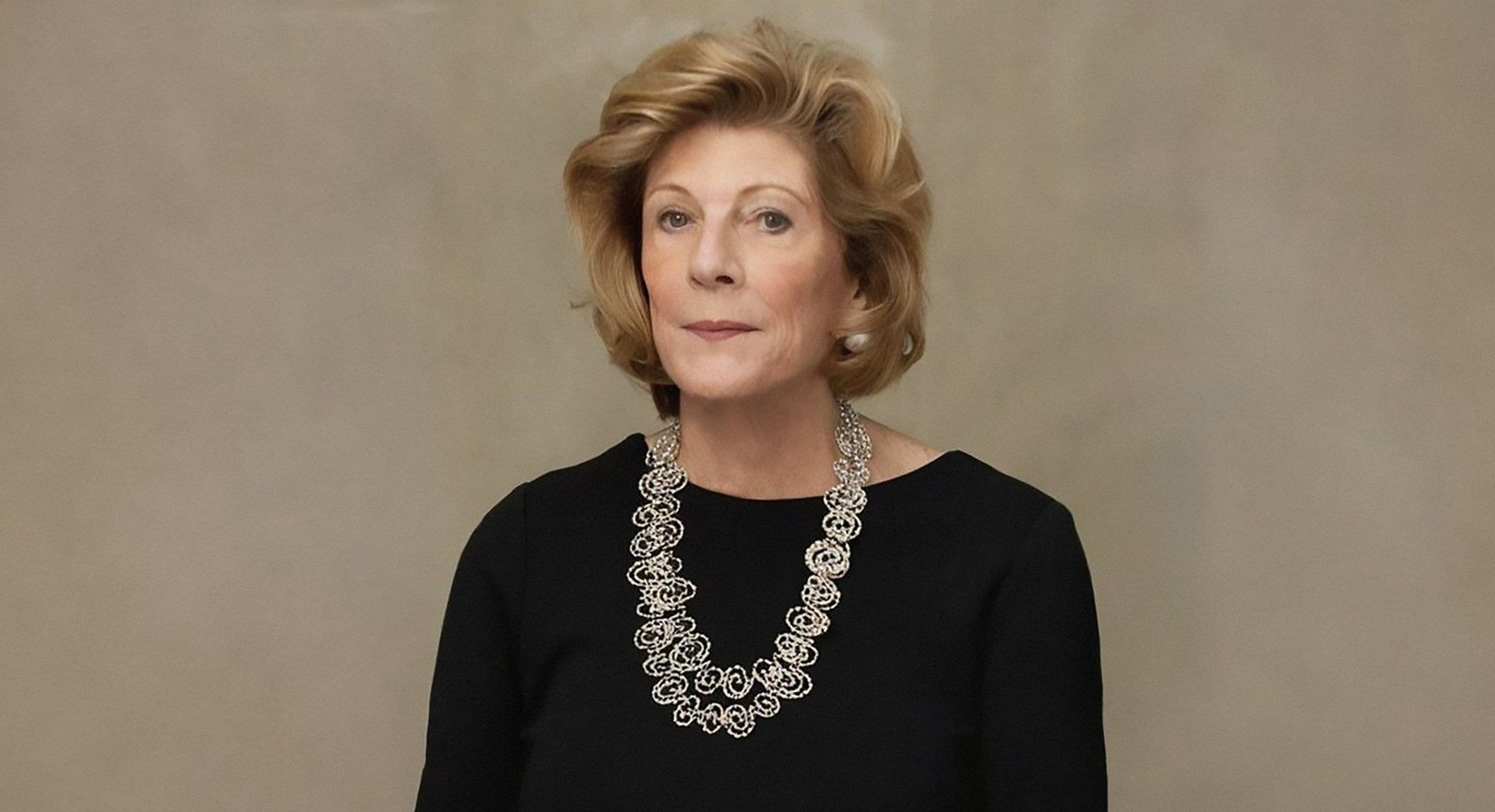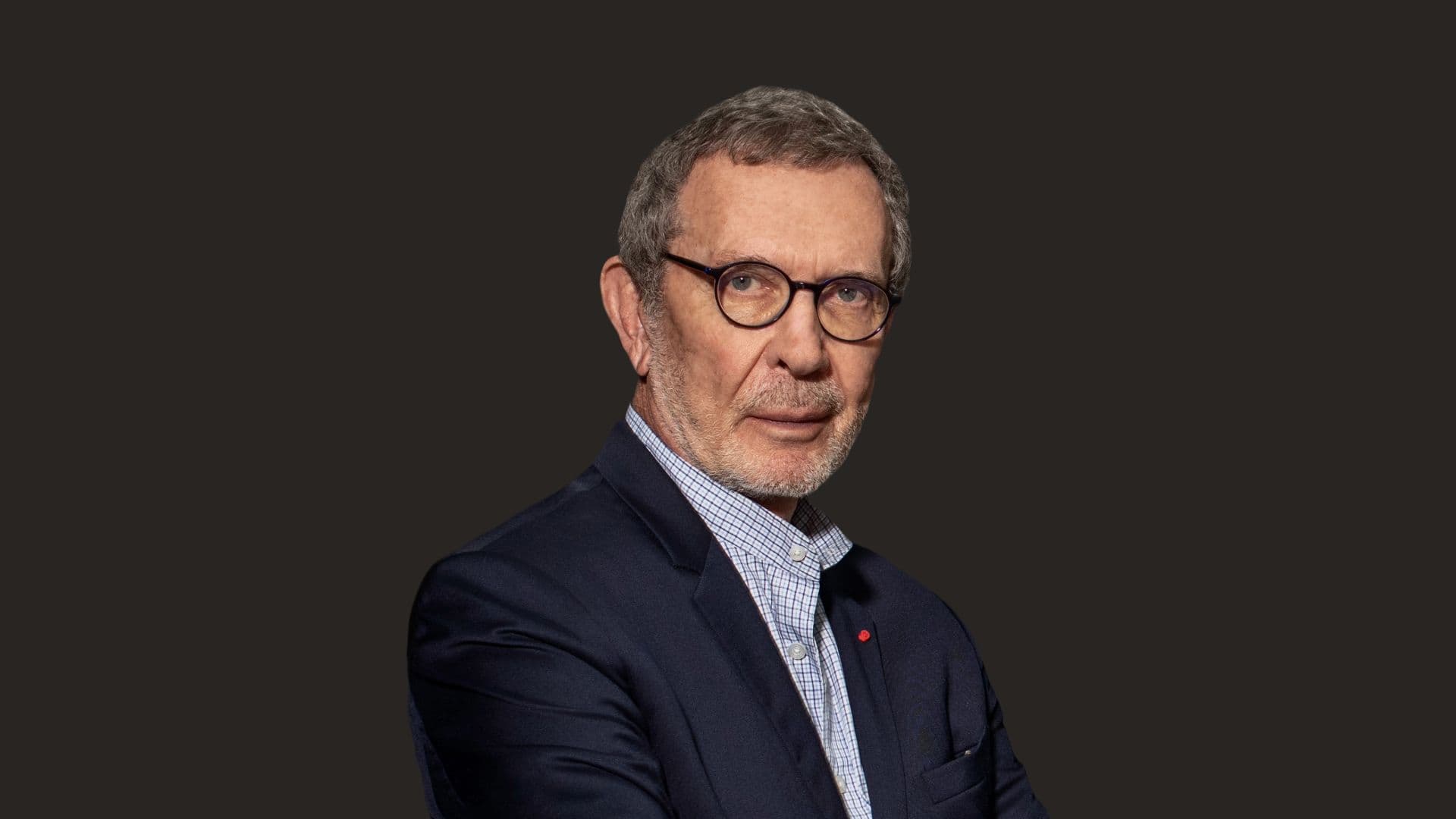Story
Martin Margulies: A Collector’s Perspective
on Living with Art
This story comes from a March 4, 2025, interview between Mr. Margulies and Jared Quinton, the Emily Hall Tremaine Associate Curator of Contemporary Art at the Wadsworth Atheneum Museum of Art.
Like many of history’s greatest patrons, Martin Z. “Marty” Margulies has always acquired art based on a combination of instinct and trusted relationships. As a young collector in the 1970s, still on the outside of the art world’s most elite circles, Margulies recalls an early experience bidding on a sculpture by Isamu Noguchi at Sotheby’s in New York. He lost, but following the auction, Shaindy Fenton approached him on the street and said, “I can get you that sculpture.” An influential Fort Worth-based gallerist who played a large role in building Patsy and Raymond Nasher’s world-renowned sculpture collection, Fenton had seen Margulies bidding and knew where another edition of the Noguchi was available. She sent him the information and a few days later Margulies bought it.
Fenton would go on to introduce Margulies to many of the major dealers of the time, including Leo Castelli, André Emmerich, Xavier Fourcade, and Arne Glimcher. As Margulies notes, there weren’t nearly so many galleries when he was starting out, so with these few introductions he had the keys to the upper echelon of the booming, glamorous art market of the late 1970s and early ’80s. These relationships were even more important to Margulies because he was based full time in south Florida, where he was overseeing an expanding and thriving real estate development business. He poured a huge percentage of his profits into acquiring 20th-century American and, later, European art. In one of his most exclusive real estate developments, on Grove Isle, Margulies created a sculpture garden that was freely accessible to the public, where many of his acquisitions would go on view.
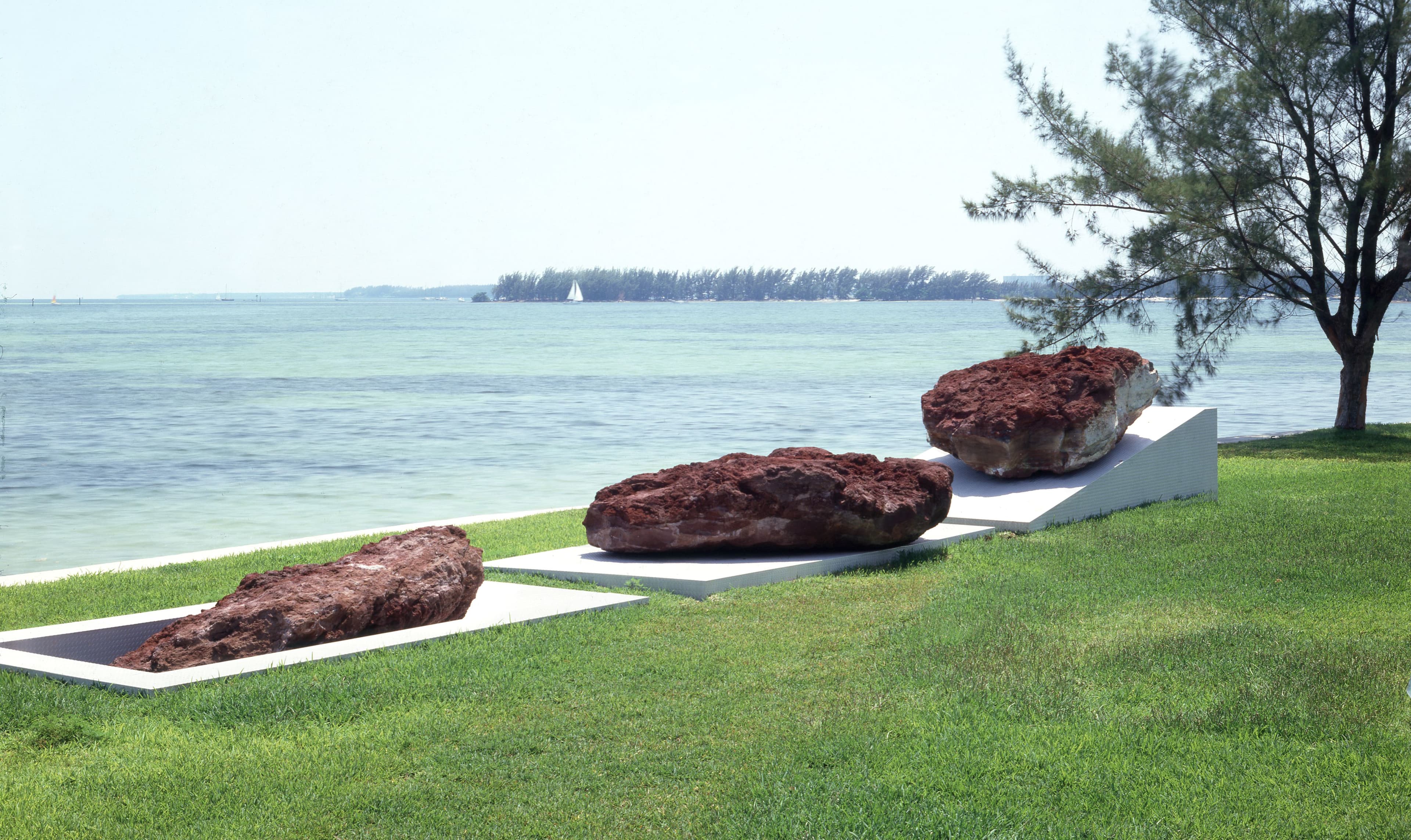
Sculptures in the Margulies Sculpture Garden on Grove Isle, FL
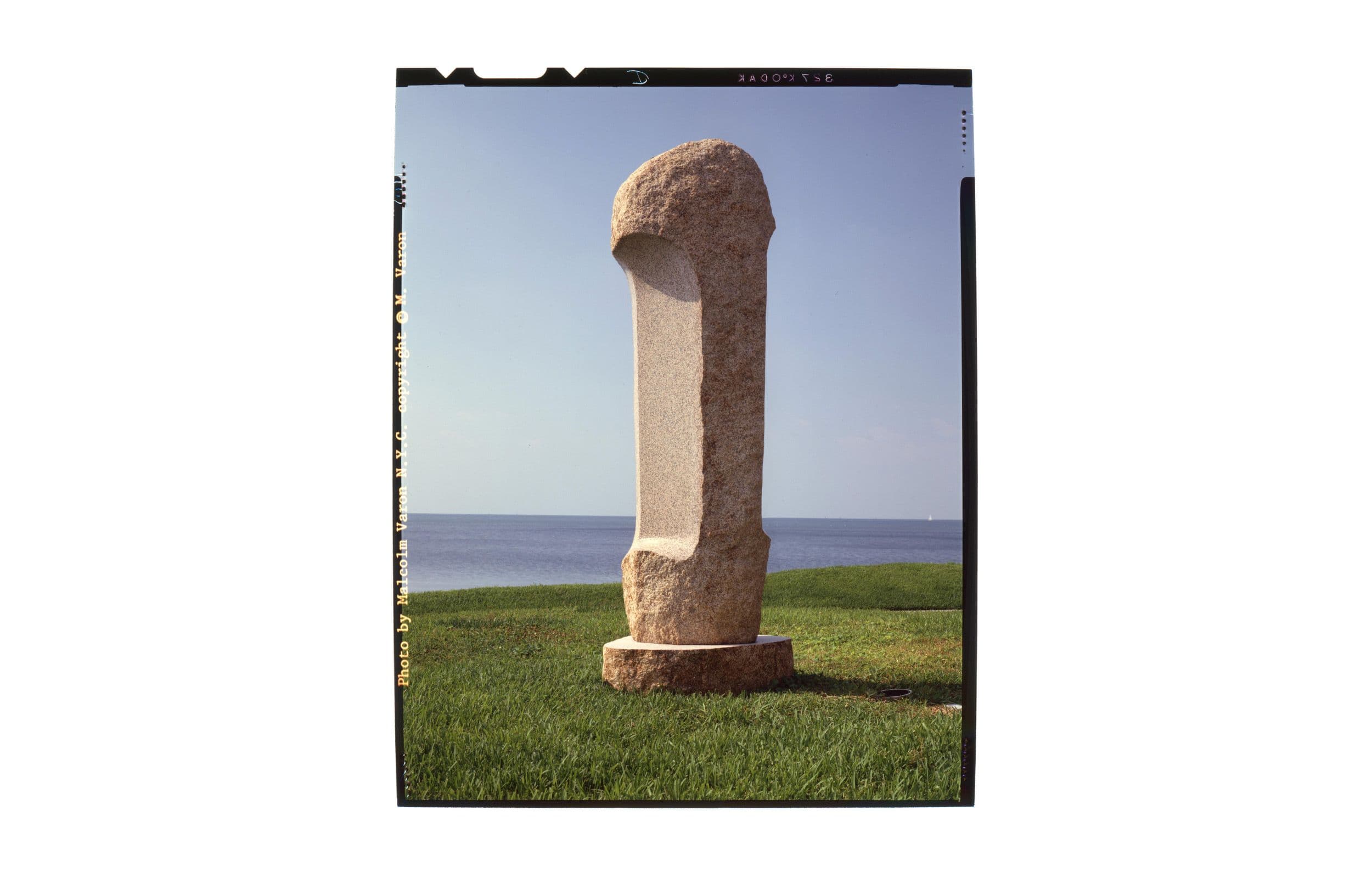
Background: Elevated Surface Depressed, 1969-81 by Michael Heizer. Volcanic scoria rock on diamond plate, aluminum pedestals, bronze, wood, stone. Collection Martin Z. Margulies, Photo: Malcolm Varon. Foreground: Man, 1978 by Isamu Noguchi, Collection Martin Z. Margulies, Photo: Malcolm Varon, © Artists Rights Society (ARS), New York
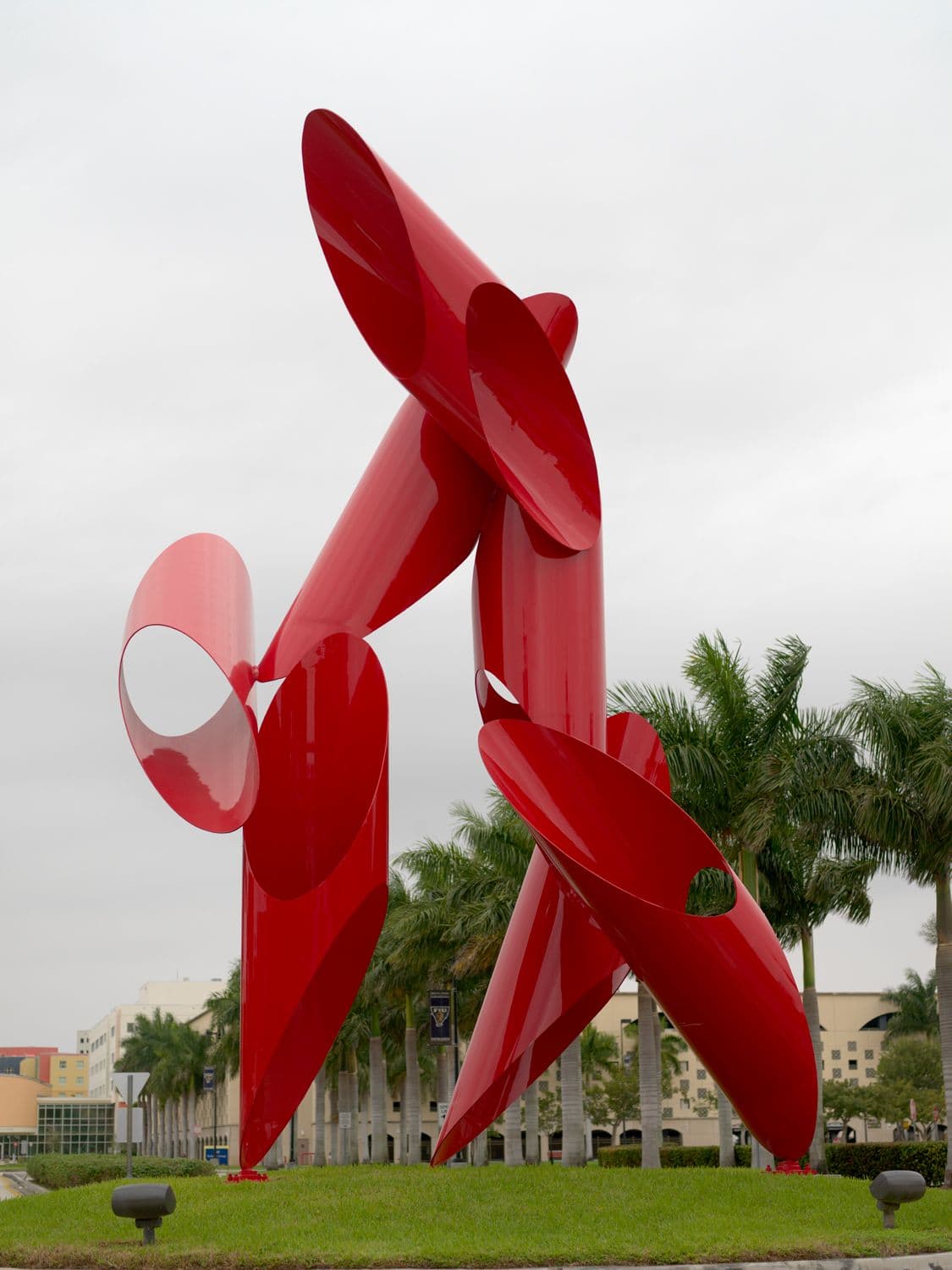
From the Margulies Sculpture Garden, Alexander Liberman, Argosy, 1980. This work was donated to Florida International University, Miami, FL. Gift of the Martin Z. Margulies Foundation, Inc. Photo: Peter Harholdt

From the Tremaine‘s Sculpture Garden, Alexander Liberman, Gyre, Year of Christie‘s sale: 1991, © 1991 Christie’s Images Limited.
New York dealers would call Margulies with special offers, often works their other elite clients were looking to sell. In 1982, Glimcher invited Margulies up to see a particularly special painting that had recently arrived at Pace: Roy Lichtenstein’s Femme au chapeau(Woman with a hat) from 1962, a Pop reinterpretation of Pablo Picasso’s iconic 1935 work of the same title held in the Centre Pompidou collection. Glimcher had received the work in exchange for two Brice Marden paintings from some of his best clients at the time: Emily Hall and Burton G. Tremaine.

Roy Lichtenstein, Femme Au Châpeau, 1963, Emily Hall Tremaine papers, circa 1890-2004, Archives of American Art, Smithsonian Institution
Hearing the names impressed and excited Margulies, who was familiar with the Tremaines’ reputation as visionary patrons whose support of emerging art movements had shaped postwar art history, as well as the art market, in a major way. He felt lucky to be given exclusive access to a work from their collection and vividly recalls his viewing with Glimcher as if it were a scene from a movie.
“I remember seeing [the Lichtenstein] at Pace,” Margulies said in a phone interview in March 2025. “They took me into a private room and they had leaned the painting against some sort of platform. I looked at it, and it just looked back at me. And I said to myself, wow, this is terrific. My god. Would you hold it for me? [Glimcher] gave me the price, and up until that time I hadn’t purchased anything at that level, but I played it cool. I walked out of the room, and when I was in the hallway waiting for the elevator, I was pumping my fist, as if to say, I’m gonna get this. I was very excited. And I called him back the next day and said, I’d like to buy it.”
Marty Margulies, 2025
After adding a part of the Tremaine legacy to his own collection, Margulies recalls attending the opening of Larry Gagosian’s major exhibition of Pop art from the Tremaine collection, which inaugurated the mega-dealer’s 23rd Street gallery in 1985. At the crowded party, Margulies wasn’t able to wrangle an introduction to the couple, but he did spot an unassuming, humbly dressed man sitting at Gagosian’s desk in the back office, whom his wife later told him was Si Newhouse. At the time, Newhouse was in an active period of buying Tremaine works through Gagosian, which culminated in his acquisition of Piet Mondrian’s Victory Boogie-Woogie(1944) for $11 million.
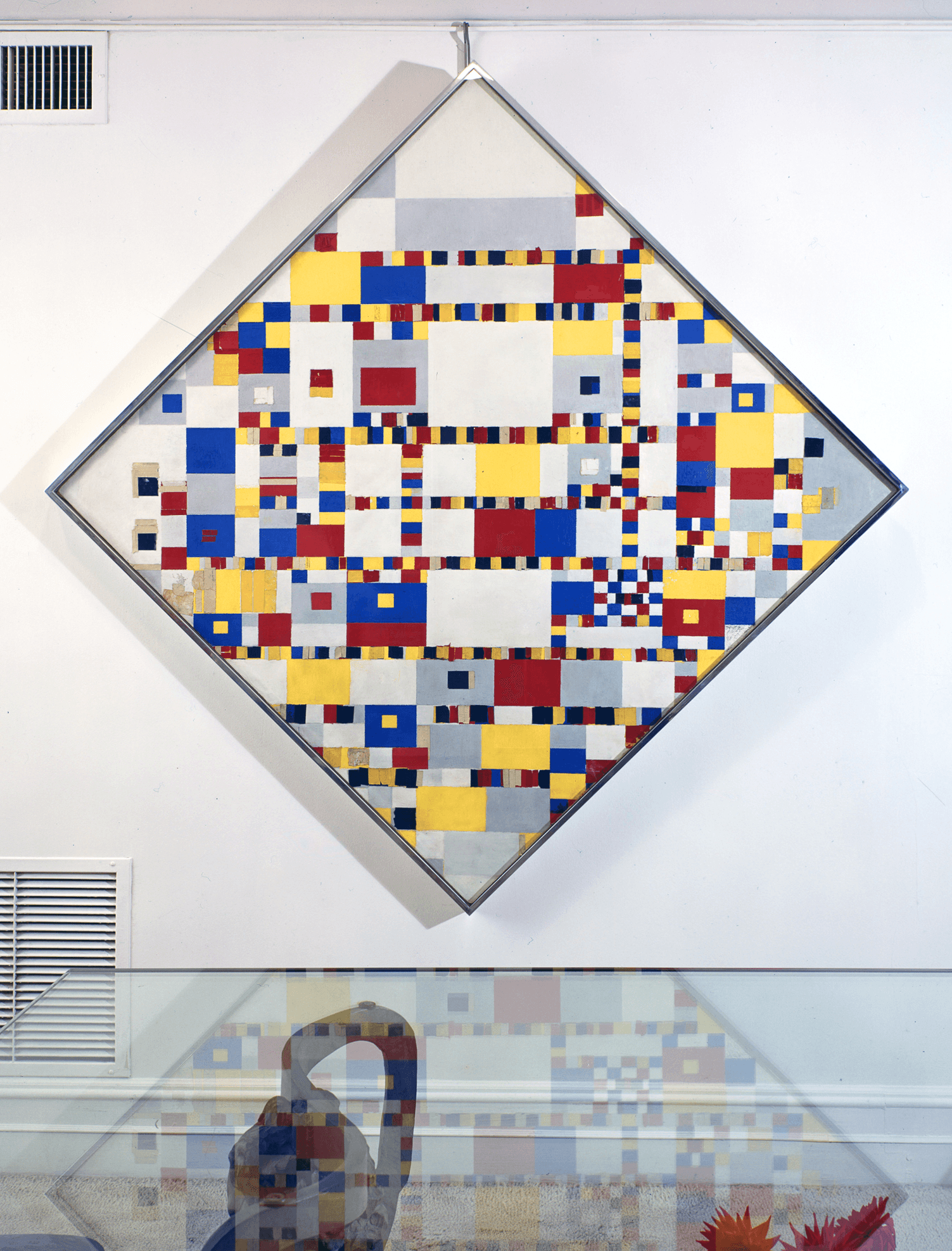
Piet Mondrian, Victory Boogie-Woogie, 1944, in the home of Burton and Emily Hall Tremaine. Emily Hall Tremaine papers, circa 1890-2004, Archives of American Art, Smithsonian Institution.
Apart from a few times it went out on loan, Margulies has kept his treasured Lichtenstein in his private residence in Key Biscayne ever since. Like the Tremaines, Margulies believes in the importance of living with the art he owns and loves.
From the Archives
From the Archives
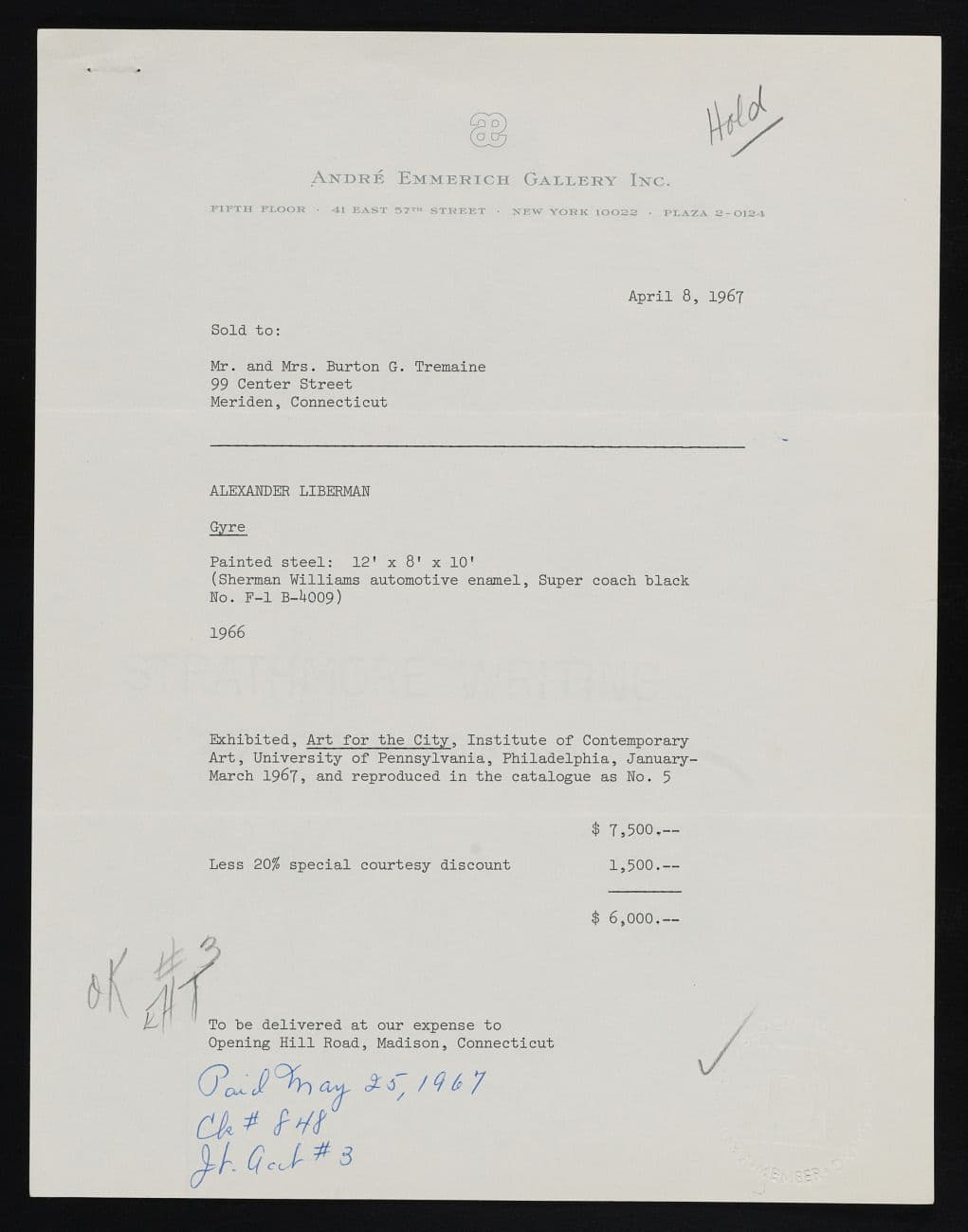
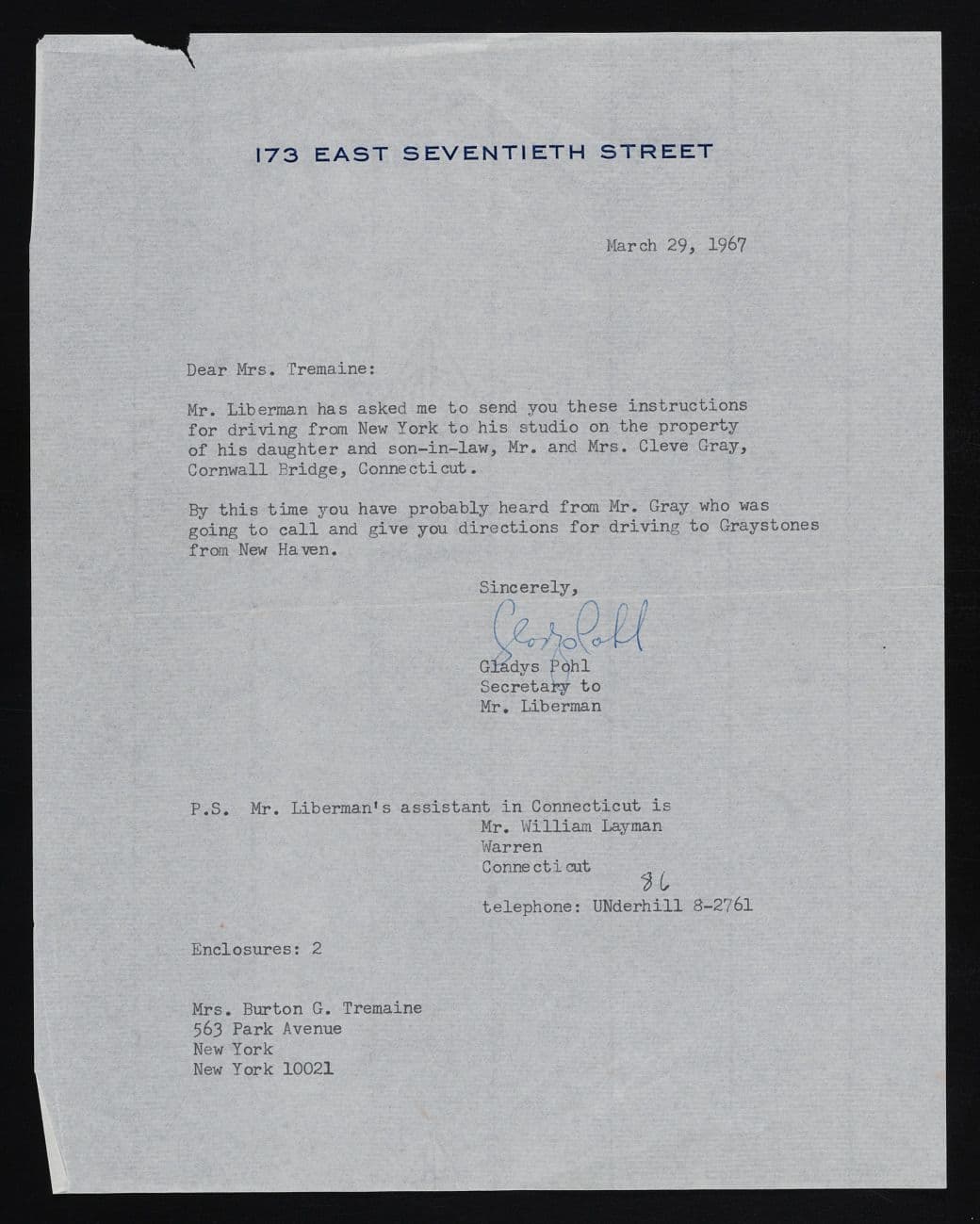
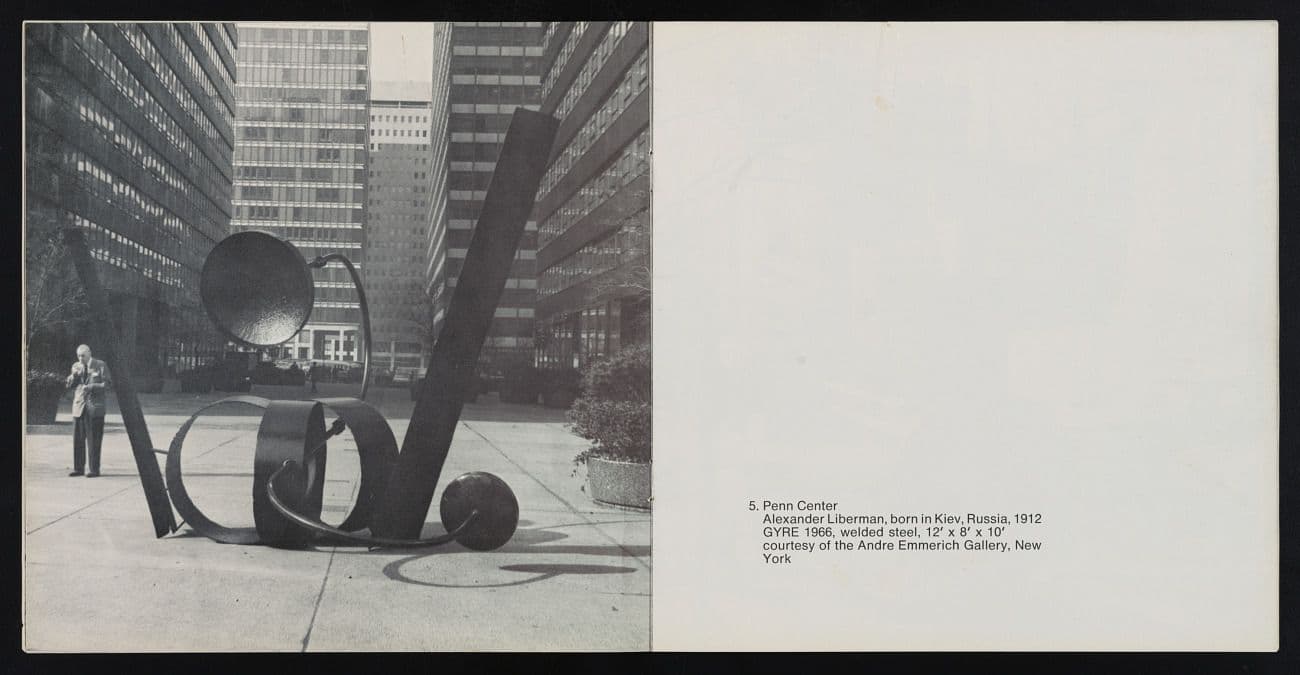
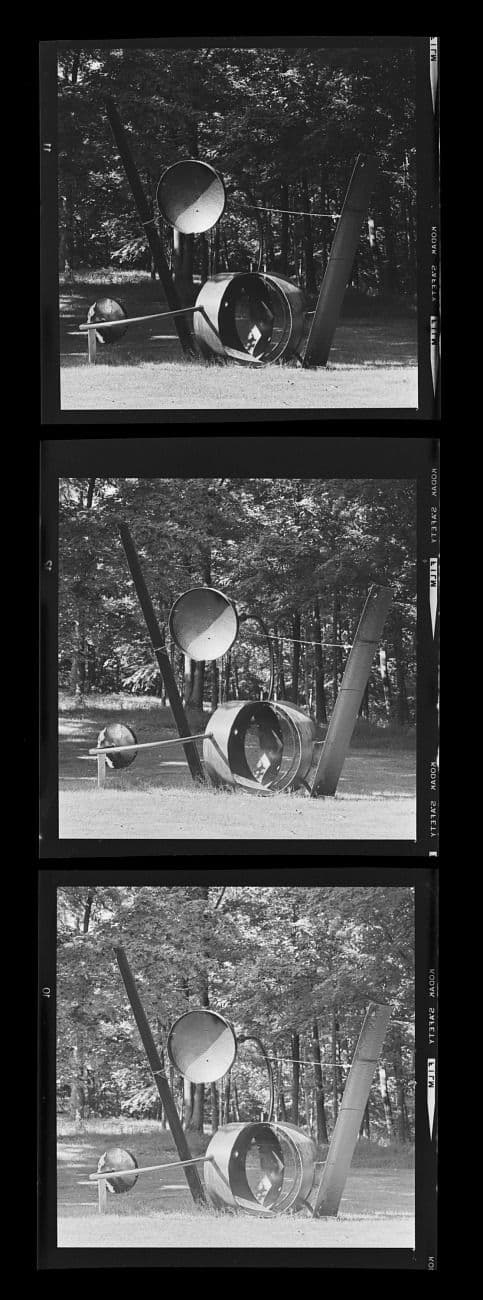
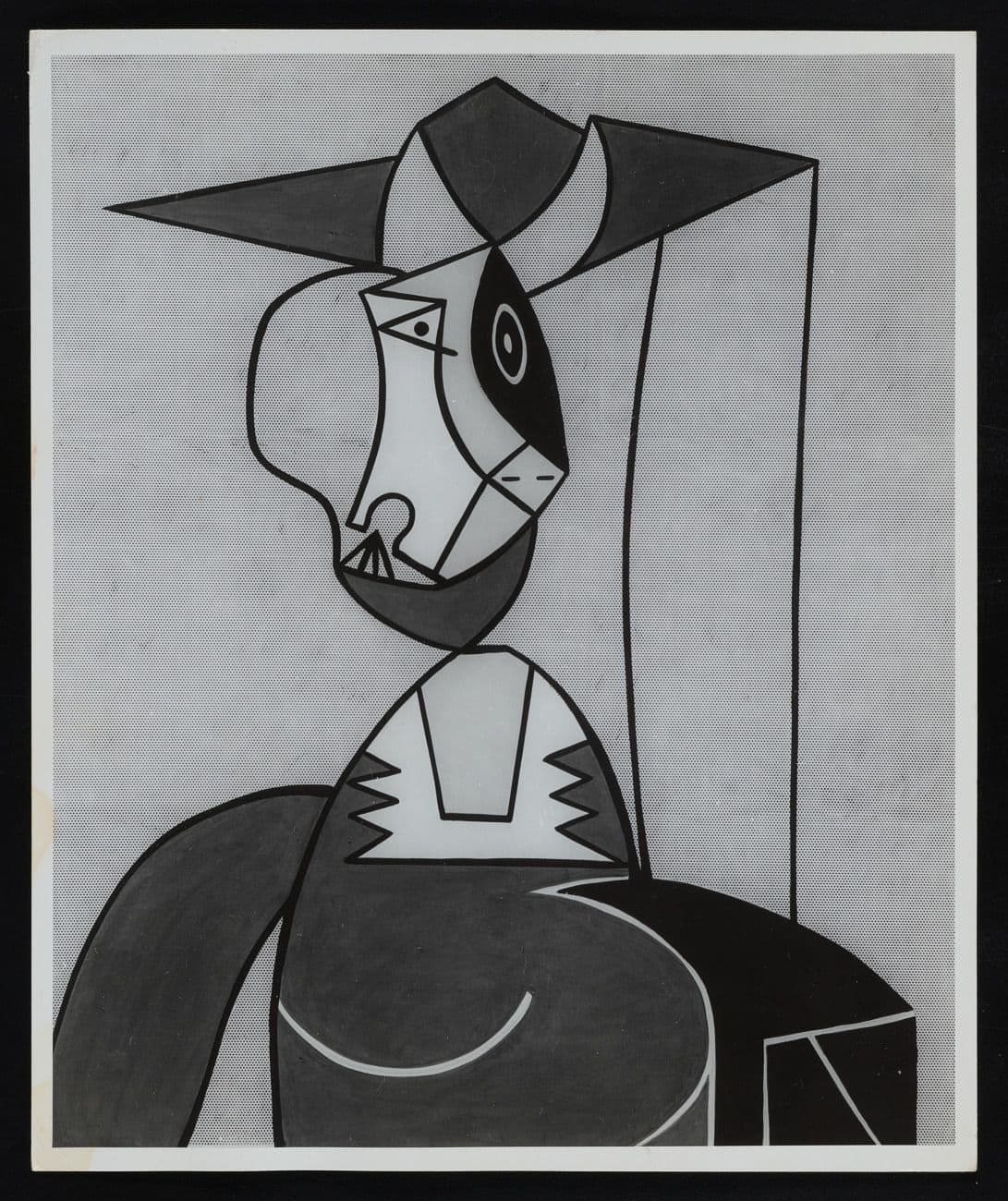
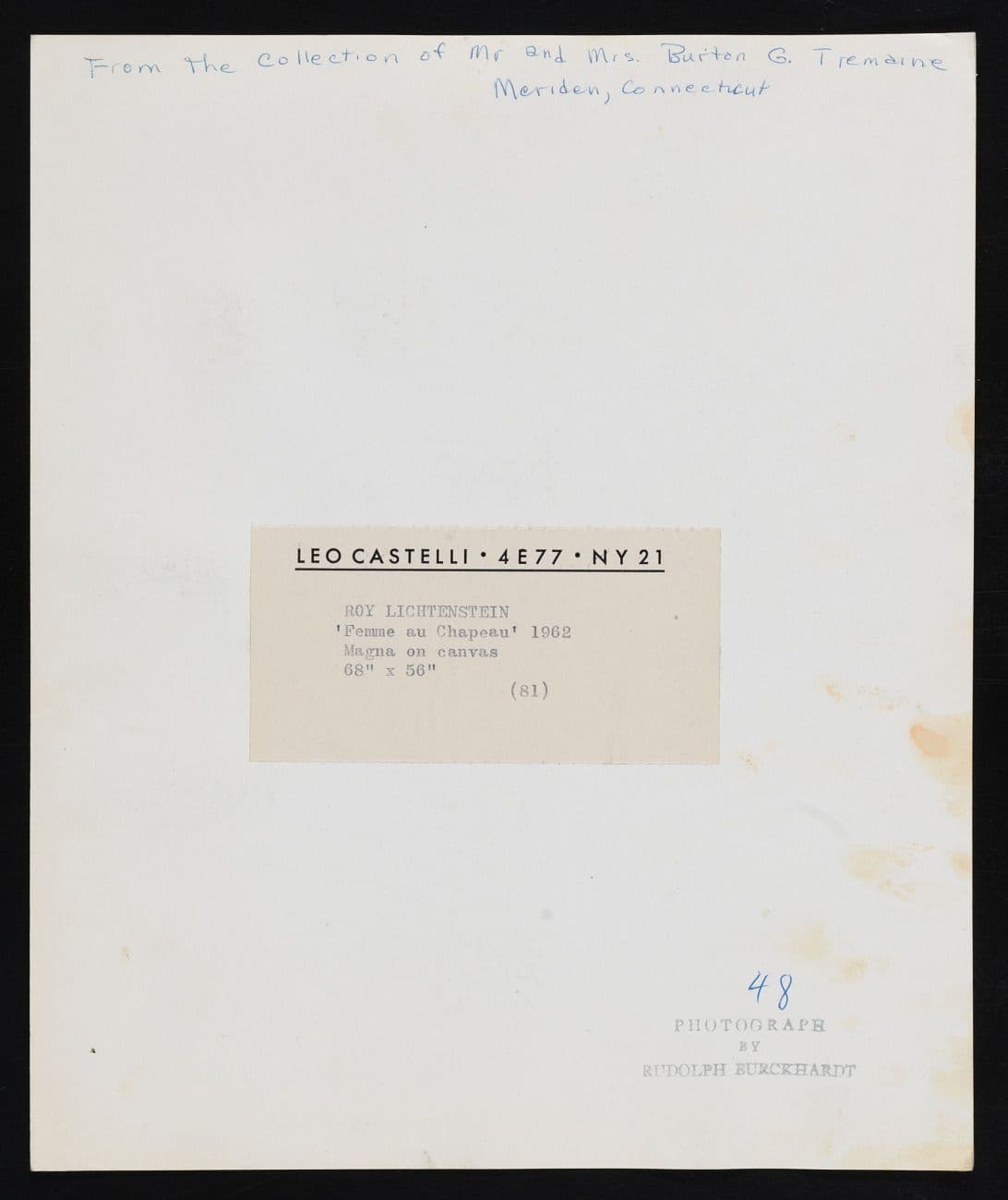
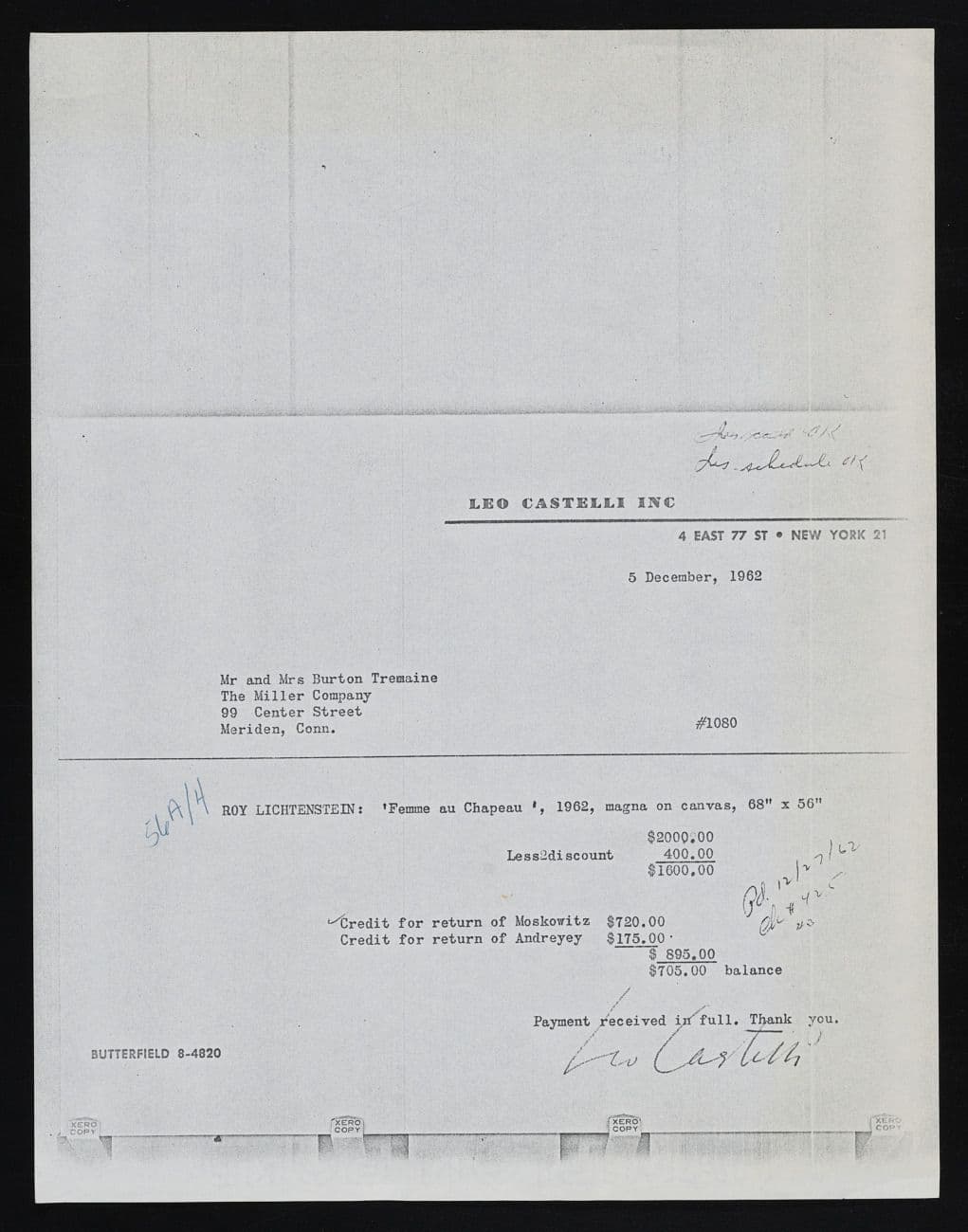
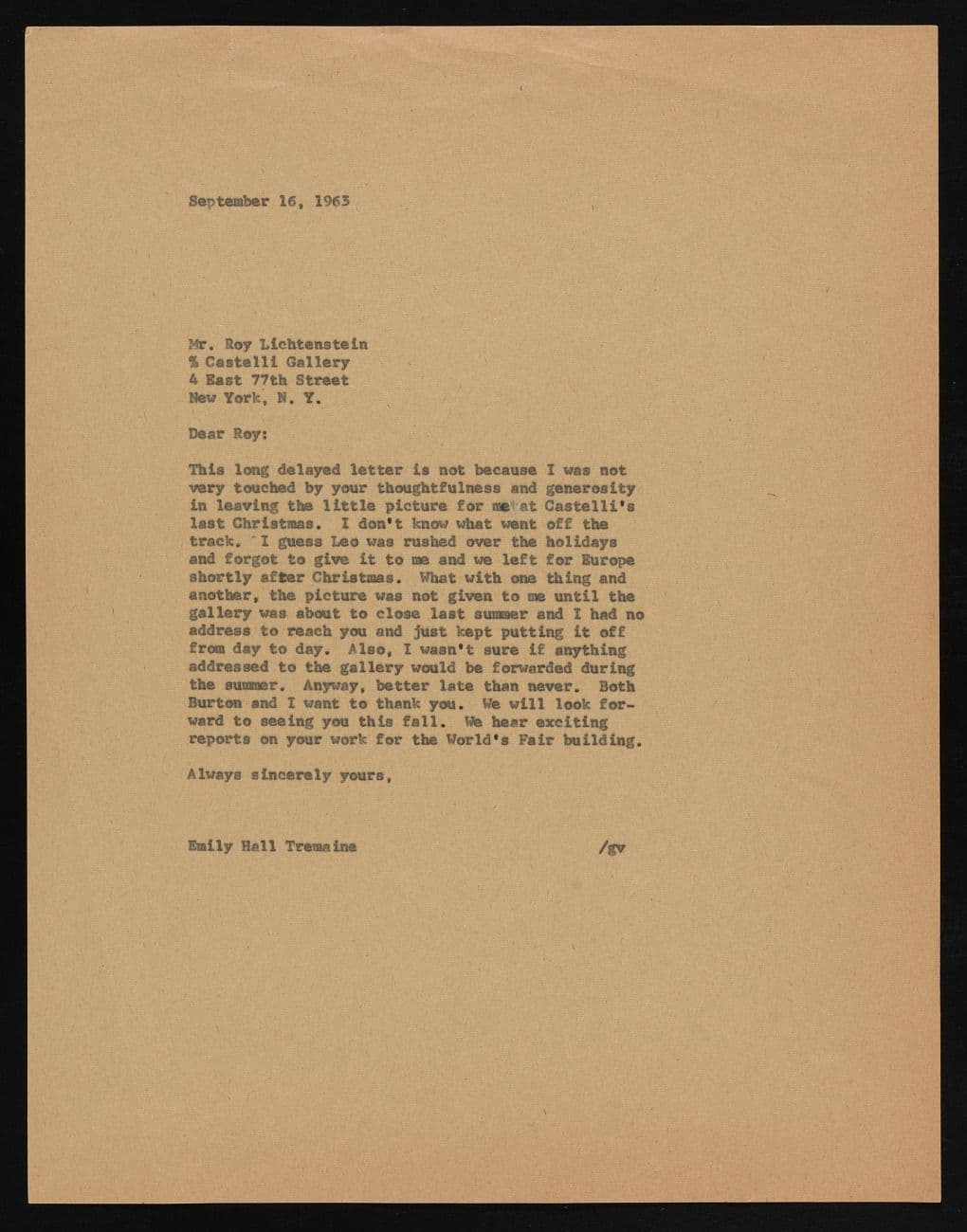
He acquired works by many of the same iconic 20th-century artists that Emily and Burton also supported, including Joan Miró, Willem de Kooning, Jasper Johns, Claes Oldenburg, Andy Warhol, John Chamberlain, Tom Wesselman, James Rosenquist, Frank Stella, Sol LeWitt, Richard Serra, Donald Judd, and Mark di Suvero.
As the new millennium approached, Margulies expanded his collecting horizons to include younger artists, with an emphasis on large-scale sculptures and commissions, as well as photography. He hired the curator Katherine Hinds to oversee his collection with him, and together they founded The Margulies Collection at the Warehouse, a 55,000-square-foot space in Miami’s Wynwood district, a neighborhood known for its artsy vibes and murals and graffiti. He describes the Warehouse as “more democratic” and “serious fun” and has earned it a reputation as one of the go-to destinations for art-minded visitors to Miami, particularly during the week of Art Basel Miami Beach. Recent exhibitions have highlighted the collection’s holdings of Arte Povera and minimalist sculpture, as well as social documentary photographs by Danny Lyon and Helen Leavitt.
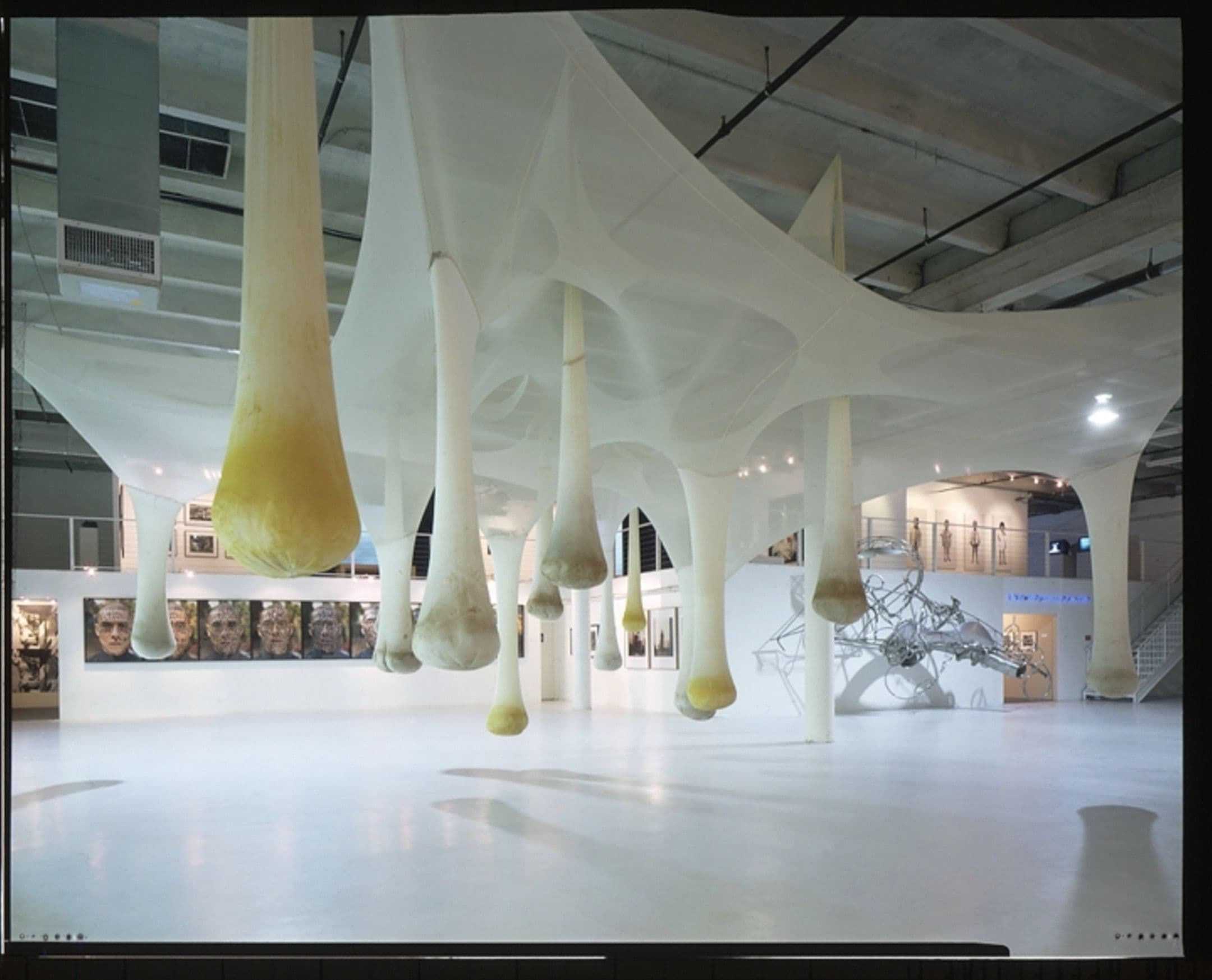
Installation view of the Margulies Collection at the Warehouse featuring Ernesto Neto, É ô Bicho!, 2001, lycra tulle, polyamide tubes, hooks, turmeric, black pepper, and clove, dimensions variable, photographer: Malcolm Varon
Now in his 80s, Margulies has spent recent years thinking about the future of his collection, whose value has been rumored at upwards of $1 billion. In 2024 he auctioned off some 450 photographs to raise funds for the Martin Z. Margulies Foundation, which supports the Lotus House Shelter for Homeless Women and Children and other organizations that aid South Florida’s poor, homeless, and veteran populations. He has also begun preliminary discussions with the Museum Exchange to help place some of his larger-scale works in museum collections. But, like all great collectors, Margulies appetite for discovery is insatiable, and he continues to actively acquire works by emerging artists for the Warehouse and his private collection.
Jared Quinton is the Emily Hall Tremaine Associate Curator of Contemporary Art at the Wadsworth Atheneum Museum of Art, Hartford, CT. Cover image: Martin Margulies Portrait, photo by Jon Lowe.
Explore More Stories
Creating Impact
The Emily Hall Tremaine Foundation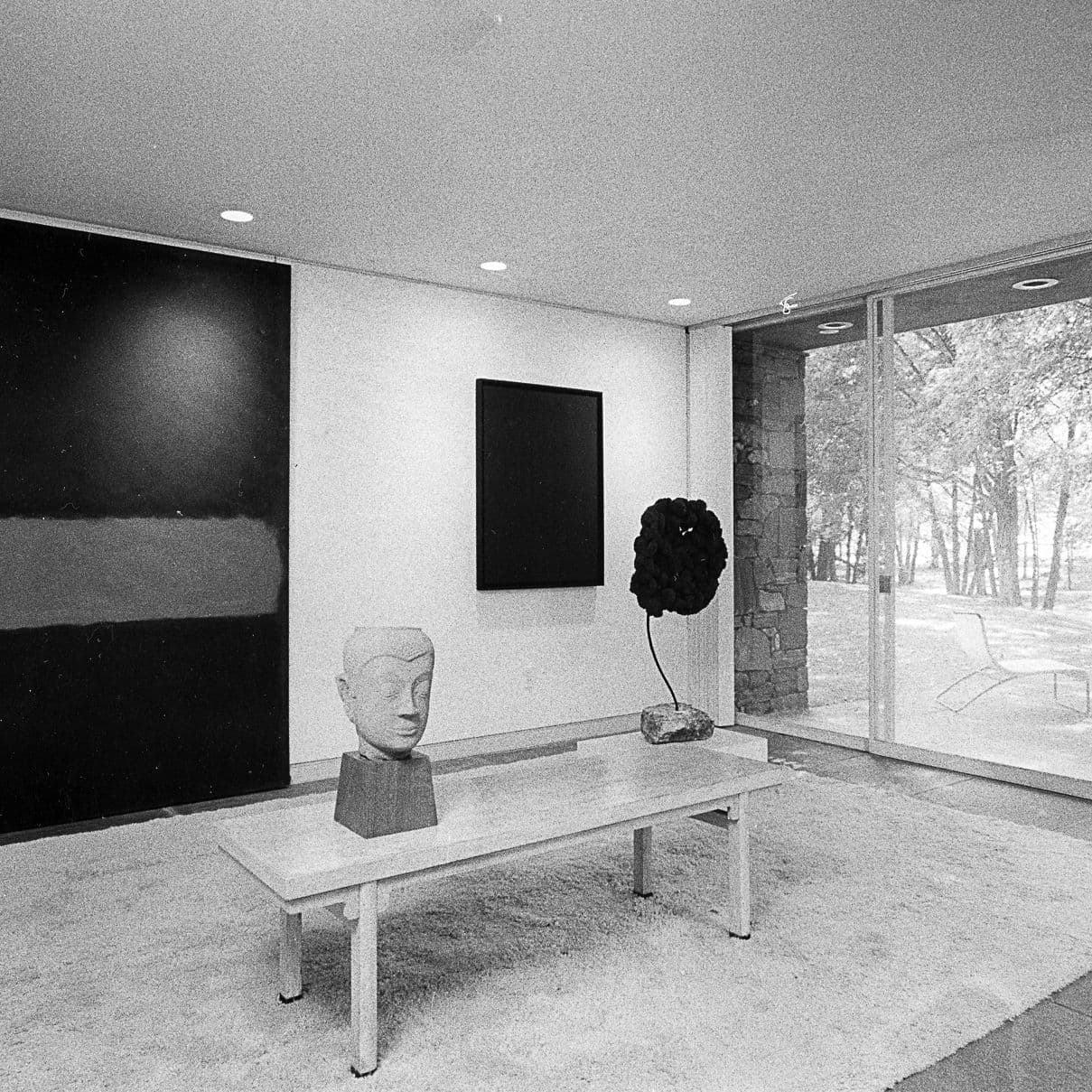
Established in 1987 by Emily Hall Tremaine, the foundation seeks and funds innovative projects that advance solutions to basic and enduring problems. With an overall emphasis on education, principally in the United States, it contributes in three major areas: the Arts, Environment, and Learning Differences.
